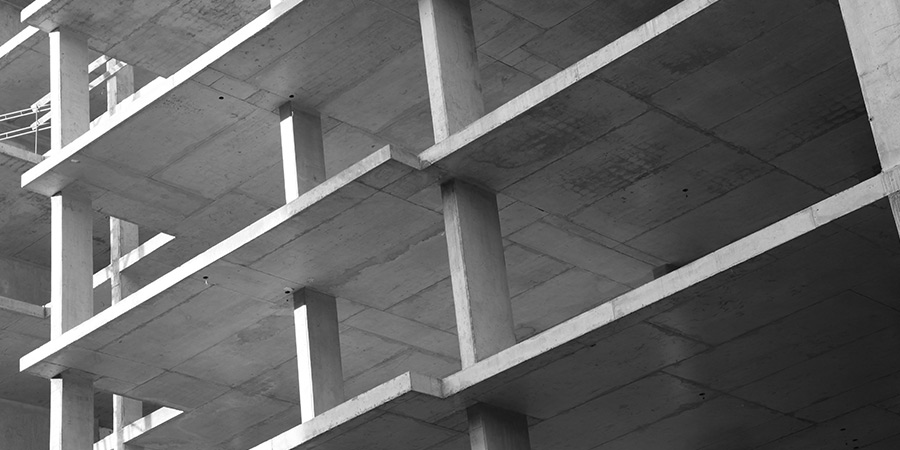High Rise Concrete Construction: Trends to Watch

As buildings soar higher and higher, it’s fascinating to see new technologies emerging to meet this demand. Here are three trends to keep an eye on if you’re designing or planning a new high rise building.
Steel/concrete core wall system. This system uses two steel plates that are connected by steel spacing ties, with the cavity then filled with high strength concrete. This system eliminates the need for rebar and formwork. The core and perimeter steel can be built at the same time, because there’s no need to wait for the concrete to cure. Reports show that this type of steel/concrete construction can save time and money compared to traditional construction. In one high rise, the hybrid steel/concrete wall building took 377 working days, compared to the concrete core building, which took 474 working days.
High strength concrete. Technological advancements have enabled higher strength concrete to support more weight, and that has led to more high rise office buildings being constructed using concrete. The use of innovative chemical admixtures and pozzolans can now routinely produce concrete with a compressive strength in excess of 68.9 MPa. Previously, utilisation of concrete to construct high rise office buildings was limited. However, the emergence of higher strength concrete makes this possible.
This can cut labour costs, since the pay rate for concrete pourers is less than steel workers. In addition, without the constraints of large internal girders, architects can design office buildings with more desirable features like higher ceilings and exposed, architectural concrete.
Control flow concrete is a segregation-resistant mix that can have both high compressive strength and high passing ability, meaning it discharges quickly and can be placed more easily than conventional slump concrete. This new type of concrete provides architects more freedom in the design of complex structures, since the concrete can more easily flow into hard to reach areas and around complex support systems.
For high rise buildings, it’s advantageous to use this control flow concrete because it takes far less labour to place and finish. In addition, it’s safer for the concrete finishers, because it readily flows and requires less vibration. Control flow concrete is also optimal for use in steel/concrete core wall systems because it will readily flow across long distances and around steel spacing ties.
Learn more about admixtures for control flow concrete
Tags
- CONCERA™
- Cement production
- Concrete
- Concrete admixtures
- Engineer
- Structural Solutions